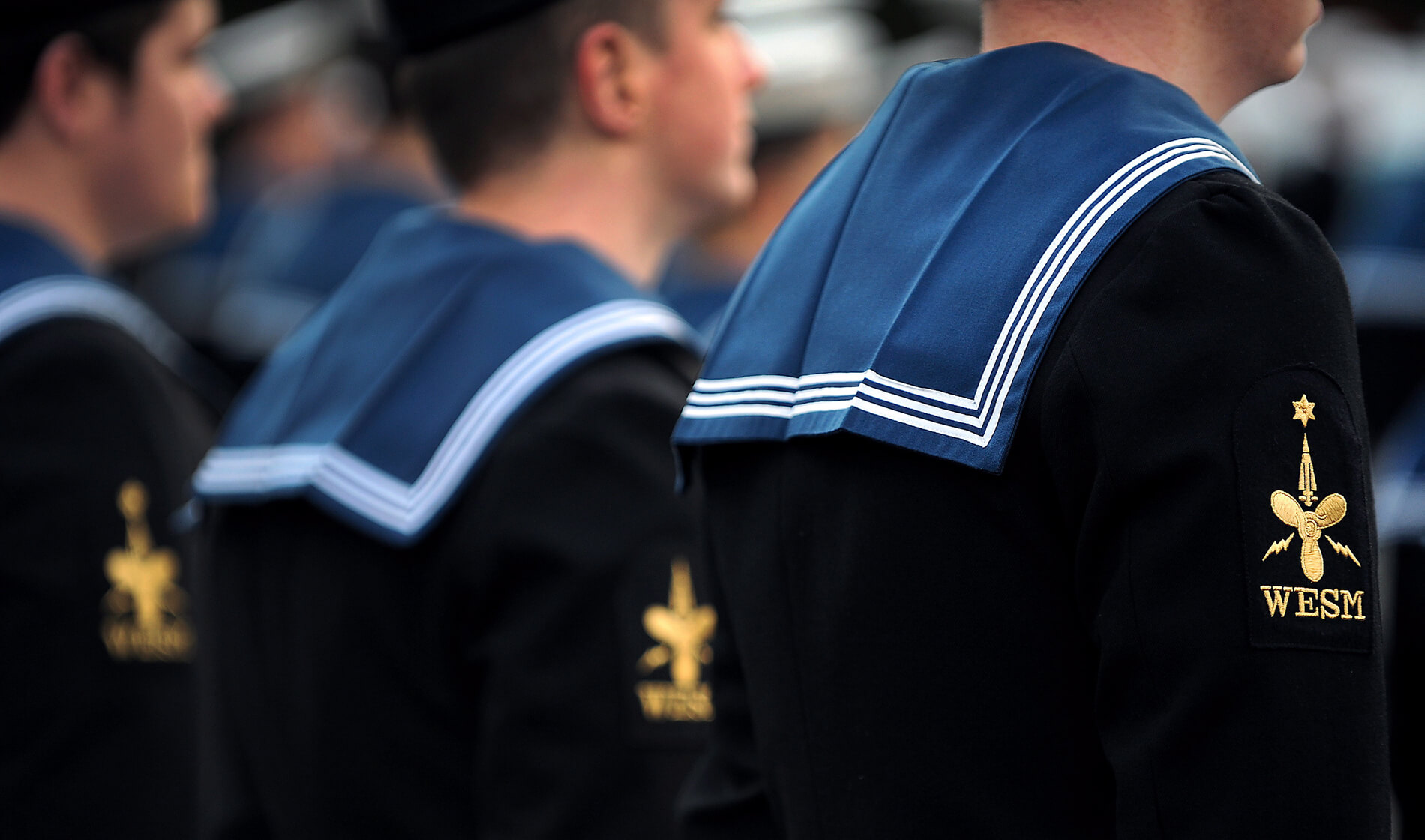The Times’ Lucy Fisher reported yesterday that the Royal Navy (RN) has been alternating between just two of its four nuclear-armed Trident submarines for the last year, with the other two undergoing repairs beset by long-term delays.
Although the United Kingdom has managed to maintain its policy of Continuous At-Sea Deterrence (CASD) during this period – meaning a Trident boat has always remained out on patrol – members of the House of Commons Defence Committee raised concerns that the incapacitation of either remaining boat would necessitate the first (publicly acknowledged) break in CASD in 50 years.
Lord Stirrup, former Chief of Defence Staff, warned that the RN is ‘trusting a lot to luck’, while former Defence Minister Tobias Ellwood expressed concern that the submarine service is ‘limping on with two boats’. The longer patrol lengths due to diminished capacity may also carry a weightier mental health burden for crew members. The Government has consistently maintained that it requires a minimum of three boats to be ready at short notice, allowing the fourth to undergo any necessary long-term repairs.
This revelation poses profound questions about how prepared the RN is to cope with the COVID-19 pandemic. Were a Trident submarine to go on patrol, only to find that one of its sailors had brought the virus aboard, the captain would have no option but to return to port or else risk the lives of their crew. The national shortage of coronavirus testing kits and slow testing policy heightens this risk.
According to Robert Forsyth, former Executive Officer of the Polaris missile-carrying HMS Repulse and trainer on the UK’s notorious Perisher course for submarine commanders, in the first week of patrol it is normal for colds and flus to sweep the ship: ‘One or two people brought a cold on board, within the first week you all got it, and then you were all immune.’ But as the Government’s coronavirus action plan confirms, the severe threat to ship operations and human life posed by COVID-19 means allowing unchecked spreading of the virus in order to achieve herd immunity cannot apply.
Global submarine patrols have already been affected. Earlier this week, submarine analyst H. I. Sutton reported that the entire crew of a Russian submarine was quarantined after a crew member had contact with a confirmed COVID-19 case, while a Dutch submarine returned to port after 8 sailors caught the virus. There may be other unreported cases.
More dramatically, the USS Theodore Roosevelt aircraft carrier was compelled to make an emergency dock in Guam, following a four-page letter appeal from its commanding officer Capt. Brett Crozier, after over 100 of 4,800 the ship’s sailors had confirmed cases. The US Navy is now looking to evacuate 2,700 sailors from the ship on an island of only 168,409 people, running the risk of a major public health emergency on the US’s Pacific outpost.
The United States relies heavily on its aircraft carriers to project power in the Asia-Pacific; its reduced naval footprint will create an opportunity in the short-term for China to fill the void. The UK relies on Trident to deter strategic threats globally.
A confirmed COVID-19 case on a British Trident submarine would, by necessity, prematurely end its patrol. If it had only recently returned to shore, the alternating submarine may not be ready to depart port in time, forcing an unwanted break in CASD.
In the short term, the RN will need to institute extremely strict protocols to control the spread of the virus within its ranks over the next few patrols. In the longer term, with breaks in CASD looking possible due to procurement delays, the UK’s Integrated Review of Security, Defence, Development and Foreign Policy underway, and a global pandemic threatening the everyday security of the British population, now is a good time for the Government to recalibrate its understanding of national security and priorities therein.

